artificial intelligence
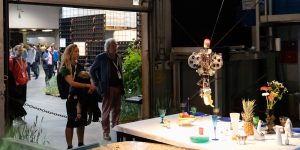
UngenauBot
Ilmar Hurkxkens (NL), Fabian Bircher (CH)
UngenauBot combines highly developed robot technology with an everyday rubber glove performing banal activities. By deliberately exploiting empirical errors in robotic systems and artificial intelligence, this work demonstrates the limits of technology when things don’t go according to plan.
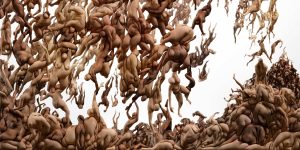
Humanity (Fall of the Damned)
Scott Eaton (US/UK)
One thousand hand-drawn figures, “painted” with Eaton’s Bodies neural network. The composition of tumbling, intertwined figures embodies the visceral human experience and humanity’s ongoing struggle with its own nature and its consequences.
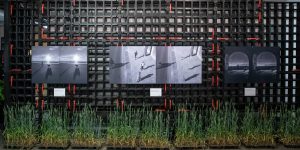
Deep Angel – Shadows Left Behind
Manuel Cebrian (ES), Zivvy Epstein (US), Joyce Feng (US), Matt Groh (US), Nick Obradovich (US), Iyad Rahwan (SY)
The Shadows Left Behind is a collection of photographs transformed by artificial intelligence to digitally invert permanence and ephemerality. Appealing to the aesthetics of absence, this collection reveals what is disappearing around us, spurs reflection on what we will soon miss, and declutters our thoughts to reawaken imagination and agency.
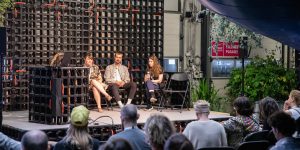
Co-Thinking the Renewal of Fashion
FRI 6.9. | 13:30 – 15:00 In this panel, artists and scientists involved in the Re-FREAM project will share their perspectives on future developments in the fashion industry, talking about responsive fashion, future materials and the fashion production system.
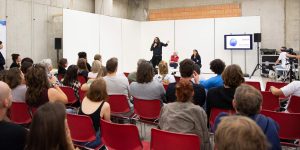
Gallery Spaces Panel VII: Digital art going mainstream?
With the history of digital art commencing in the 1960s to current immersive digital art installations, (meow wolf, artechouse Team Lab or GAN) generating an immense following quickly and quoted as commercially successfully - did digital art become mainstream? Marketplaces for native digital art mushroom in a battle for creators advertising a new way of experiencing, collecting and showing art. The conversation will try to unfold what artistic production of digital art means for the artists themselves, museums and collectors with regard to exhibition making, collecting and archiving.
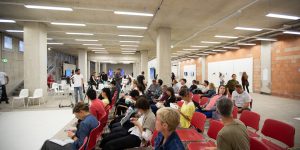
Gallery Spaces Panel VI: Paradoxes and obstacles in maintaining and staging alive biomedia art
This panel with prominent protagonists involved in the field of biomedia art discusses the unprecedented challenges to stage, transport, conserve and collect art that appropriates and subverts the most diverse technologies of the life sciences. The shift from organic representation or simulation to actual biological manipulation results in technical, institutional, regulatory, legal, ethical, bureaucratic, philosophical and aesthetical issues with regards to museum infrastructures, the status of living organisms, tissues and GMOs, and their fragility when maintaining, conserving, re-enacting or shipping them. Such works at the threshold of microperformativity and necropolitics face undesired bacterial deterioration and contamination, and cultural institutions and collectors are still ill-equipped to deal with the subsequent issues.
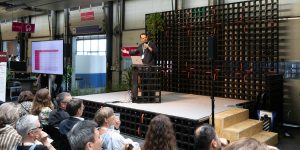
Practices & Impacts of STARTS Collaborations
FRI 6.9. | 10:00 – 12:00 Practices and impacts of interdisciplinary approaches will be discussed through innovative projects, with a special focus on the link between artificial intelligence and music.
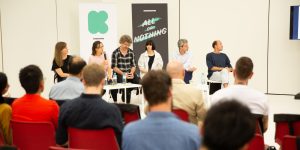
Gallery Spaces Panel V: Artists & scientists – Exploring new forms of collaboration (Scientist in Residence Program)
Just as artists today are increasingly interested in science and technology, scientists and technologists are turning to the arts as a source of new perspectives and tools for communication. This trend requires new initiatives to establish better links between the worlds of art and science, as well as between cultural and research institutions. Through its Art&D labs, Gluon supports artist residencies in laboratories of companies, research institutes and universities. Through its Scientists in Residence programme, it encourages artists to open their studios to scientists and technologists. On the basis of their experiences in these programmes, the scientists of this panel will reflect on the following questions: To what extent can these interdisciplinary collaborations stimulate innovative ideas and projects of social relevance? What challenges do scientists have to face in working together with artists? And how can organizations help them achieve meaningful exchanges?
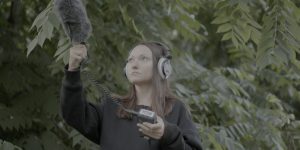
Bird Language
Helena Nikonole (RU)
This project explores the possibilities of Artificial Intelligence in a bio-semiotics context: the artist uses machine learning to explore the sign systems of birds.

Gallery Spaces Panel IV: Interdisciplinary Art – how becoming established?
The art market refers to the process of art distribution and sales. Museums, galleries, collectors, curators, critics are part of the active market participants influencing the dynamics. Artists to choose interdisciplinary approaches are in need of resources, display and active discourse with all industry participants to increase awareness, understanding and appreciation for interdisciplinary work. What is needed of all industry participants to propel interdisciplinary work to a representation established level? Art and science continuously discover common questions and modes of operation, resulting however in fundamental different outcomes. These differences create friction and great space for collaborations between disciplines.


